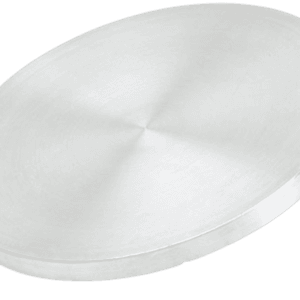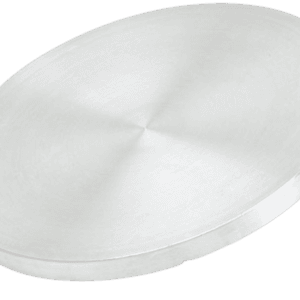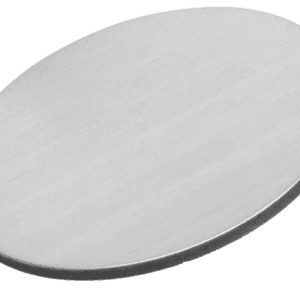Silicon Chromium Sputtering Target Description
Discover the versatility of Silicon Chromium Sputtering Targets and their wide-ranging uses. This page highlights the essential features and applications of Silicon Chromium in thin film deposition.
Elemental Combination: Silicon and Chromium
Silicon, from the Latin silex or silicis meaning flint, is a crucial element. Isolated by J. Berzelius, it has the symbol “Si” and an atomic number of 14, with an atomic mass of 28.0855(3) Dalton, indicating its uncertainty.
Chromium, a silvery-white, soft, non-magnetic metal, belongs to the boron group. Found in over 270 minerals, it is used in reflective coatings for telescopes, automotive parts, and more, and is essential in aerospace, automotive lighting, OLED, and optical industries.
Related Products: Silicon Sputtering Target, Chromium Sputtering Target.
Silicon Chromium Sputtering Target Specifications
| Specification | Details |
|---|---|
| Material Type | Silicon Chromium |
| Symbol | Si/Cr |
| Color/Appearance | Metallic solid in various forms including powder, sputtering target, foil, bar, plate |
| Available Sizes | Dia.: 2.0″, 3.0″, 4.0″, 5.0″, 6.0″ <br> Thick: 0.125″, 0.250″ <br> Custom shapes and sizes available on inquiry. |
| Packing | Targets are tagged and labeled externally for identification and quality control. Careful handling during storage and transportation. |
Silicon Chromium Sputtering Target Applications
Thin Film Deposition: Silicon Chromium sputtering targets are vital for thin film production in semiconductors, chemical vapor deposition (CVD), and physical vapor deposition (PVD) applications for displays and optics.
Coating Creation: Silicon Chromium is used to create reflective coatings for automotive headlamps, mirrors, and telescopes, boosting their performance.
Innovative Industries: Silicon Chromium’s unique properties are leveraged in aerospace, automotive lighting, OLED, and optical industries for advanced technologies.
Silicon Chromium Sputtering Target Advantages
Enhanced Efficiency: Silicon Chromium sputtering targets improve thin film deposition processes, optimizing performance across multiple industries.
Versatile Coatings: Silicon Chromium coatings enhance the quality and functionality of diverse products, including automotive components and telescopes.
Cutting-Edge Technology: Silicon Chromium drives advancements in aerospace, automotive lighting, OLED, and optical technologies.
Harness the potential of Silicon Chromium Sputtering Targets for innovative applications. Contact us today for inquiries and tailored solutions.




Reviews
There are no reviews yet.